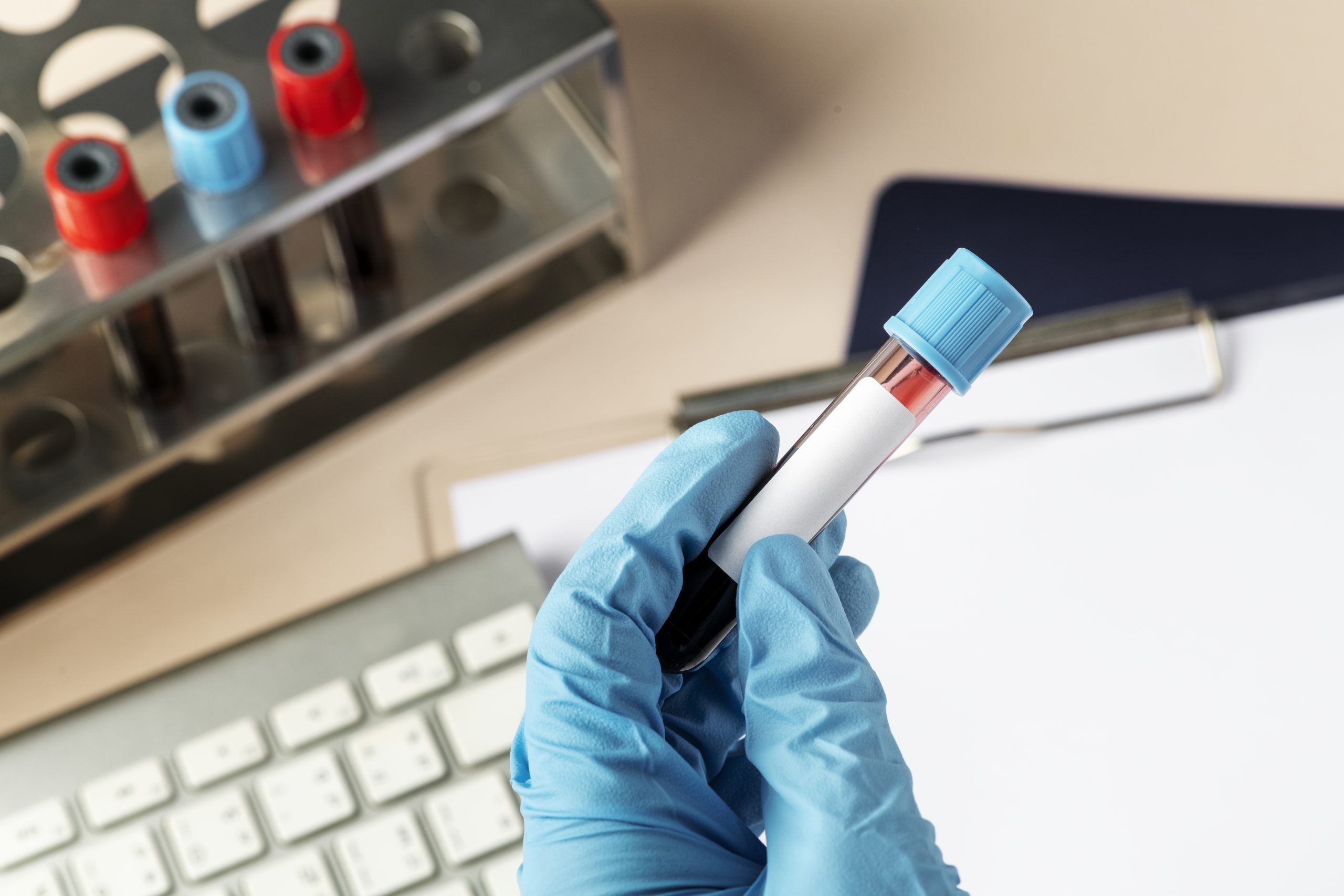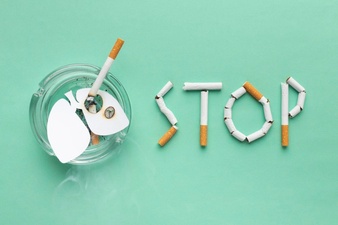Heat stroke is sneaky and silent—and it can be fatal. Know the causes and the treatment is crucial to protecting you and your loved ones.
You’re unaware of the danger
When your internal core temperature reaches 105˚F and the body can no longer cool itself down, you’re facing heat stroke, explains Jessica Bixenmann, health coach and behavior change expert with San Diego’s Sharp Health Plan. Symptoms to look out for are nausea and vomiting, a rapid heartbeat, lack of mental clarity, an intense headache, hot, bright red skin, grayness on darker skin, and dizziness. More advanced symptoms include seizures and fainting. Nobody is immune from heat stroke, and it is one of the most dangerous heat-related injuries. “It is a true medical emergency, and left untreated, permanent injury can occur to organs in your body, including your heart, kidneys, and even your brain,” says Christos Photopoulos, MD, an orthopedic surgeon specializing in sports medicine at Kerlan-Jobe Orthopaedic Clinic in Los Angeles. The good news is that this injury is completely preventable.
You’re wearing too much clothing
Dark colors and heavy fabrics are likely to raise your temperature, warns Neha Raukar, MD, Associate Professor, Emergency Medicine at Brown University. And ditch the tight clothing even if you’re exercising outdoors. “Loose, light clothing is recommended if you are out in the heat and physically active” says Raukar. “Tight clothing can make it tough for the evaporation of sweat to occur, which is one of the ways the body cools itself, so if it’s compromised, your core temperature may rise to potentially dangerous levels.”
You aren’t using sunscreen
You know you’re supposed to apply sunblock in the summer. It’s crucial because sunburn increases the risk of heat stroke, says Michael Smith, MD, chief medical director at WebMD. Aim for a sunscreen with SPF 30 or more. To ensure that you get full protection, you need to apply one ounce (about a shot glass full). Studies show that most people apply only half to a quarter of that amount, which means the actual SPF they have on their body is lower than what it says on the tube! During a long day at the beach, one person should use around one half to one quarter of an eight ounce bottle. Sunscreens should be applied 30 minutes before sun exposure to allow the ingredients to fully bind to the skin, and reapplied every two hours as well as immediately after swimming, toweling off, or sweating profusely.
You’re exercising in the heat of the day
If possible, avoid outdoor exercise. If you must head outside, at least plan your activity for the coolest parts of the day (early morning or after sunset). When exercising in heat, stop for drink breaks every 15 minutes. Watch for dehydration symptoms such as licking your lips often, sunken eyes or feeling a loss of energy. If you’ve had heat stroke before, exercising intensely outside in high heat isn’t recommended because you are at a higher risk of getting it again, says Bixenmann. In fact, any strenuous activity in hot conditions, such as mowing the lawn, dancing at a concert, or playing softball, can lead to heat-related illness, warns Raukar. Taking regular breaks from activities, preferably in a cooler area, will help to regulate your core temperature.
You’re dehydrated
Make sure you stay hydrated by drinking plenty of water. The best way to monitor this is to keep a close eye on your urine. “Make sure it’s light in color,” says Bixenmann. “It’s tough to tell people to drink a specific amount of water per day. It’s actually weight-based and different if you have certain health issues. Paying attention to your urine is the best method to find out if you are hydrating enough.” Smith adds that if you are sweating a lot, it may be best to choose an electrolyte sport drink over water. He also recommends drinking 24 ounces a couple of hours before and 8 ounces every 20 minutes during activity—even if you don’t feel thirsty—when exercising or working outdoors.
You have bad timing
Don’t head outside during the hottest hours of the day, typically between 10 a.m. and 4 p.m. According to the Sun Safety Alliance, the sun is at its most intense when its highest in the sky. Smith recommends paying attention to the heat index, which is a measurement of how hot you’ll feel from the combination of humidity and air temperature. “If the humidity is above 60 percent, your body’s ability to cool off through sweat evaporation is hindered,” he explains. “In this situation, your risk of overheating increases, so you should take extra precautions. When the heat index is 90 or above, the risk rises significantly. So during a summer heat wave, pay attention to the heat index and avoid direct sunshine, which can increase the heat index by 15 degrees.”
You don’t know about HEAT
Could you recognize heat stroke symptoms in yourself or someone else? Knowing when to seek medical help is crucial, which is why Raukar recommends remembering the following acronym: HEAT: High temps; Exercise (or activity); Acting confused; Time to call 911 (Or 999 here in Qatar). Make sure to monitor the victim closely while taking steps to bring the body’s internal core temperature down: Move to a cooler location, sip water, loosen clothing to allow the heat to escape from the body, and apply cool, wet clothes to as much of the skin as possible.
By Claire Gillespie
Source: www.rd.com






Leave A Comment
You must be logged in to post a comment.